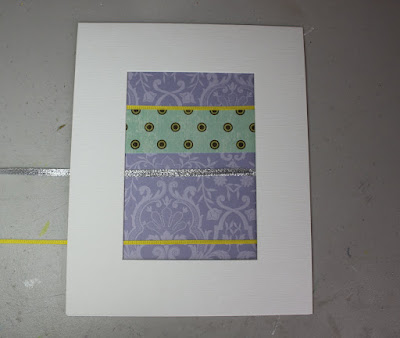
 |
| Image via DallasNews |
The truth about poetry is that good poetry is not easy. I mean "Good Poetry". It does not arrive, flowing out the ink pen onto the page, fully formed and mature. You're supposed to wrestle with the words, the feeling, the meaning. You're supposed to think about what you're writing and that's what we want our residents to do. Think, remember, ponder, create, stimulate those brain connections. But poetry doesn't have to be inaccessible.
Remember the Six-Word Memoirs? Fun stuff, right? Well today I'm going to share another exercise that lets our residents share and express themselves through poetry. These super-duper poems are called 5W Poems and you don't have to tap out any kind of iambic pentameter or rhyme even one word. Unless the muse moves you to do so.
Remember the Six-Word Memoirs? Fun stuff, right? Well today I'm going to share another exercise that lets our residents share and express themselves through poetry. These super-duper poems are called 5W Poems and you don't have to tap out any kind of iambic pentameter or rhyme even one word. Unless the muse moves you to do so.
 |
| Image via Writing Forward |
These poems have five lines, each line answering the five words we all learned in grade school that identifies a sentence as a question: who, what, where, when, why. The structure looks like this-
Line 1: Who
Line 2: What
Line 3: Where
Line 4: When
Line 5: Why
Line 2: What
Line 3: Where
Line 4: When
Line 5: Why
The first four lines set up the poem, establishing history and describing the Who, What, Where, and When. The last line, the Why, brings all of those elements together and concludes the poem with an explanation.
I like doing this activity with my patients. More than once someone has surprised his or herself by the concluding line they write. We go around and share our poems and on ocassion there have been tears. When we start encouraging and assisting our residents to explore and express their thoughts and feelings, it's important to be prepared for what may come out. Sometimes it sad, others times it's hysterical, or uplifting, maybe whimsical, perhaps it's just a funny take on life. That's the beauty of our jobs.
Summer Vacation
Annie and I
Jumped into the cow pond
At my house
After school was over.
We needed to be refreshed.
(Annie was the writer's younger sister)
Fresh Troops
My Army unit
Burned latrine barrels
At the airfield in Saigon
Our first day in Viet Nam.
We were the new boys in-country.
(This writer explained that this was why he never owned a cat-
the litter boxes smell like burning latrine barrels. Who knew?)
Blessed By Berries
Mother
Made the best pies
In the summer kitchen
When I was a child
Because she loved the bounty.
Kenneth
My husband
Worked in the coal mines
Of West Virginia
For twenty-five years
To feed our seven children.
... followed by...
Kenneth
Died in a roof fall
A mile underground
on a Tuesday afternoon
So I could drive a new car.
Mrs. Potts, RD
Our dietitian
Works as an esthetician
All alone in the back of the kitchen
At four AM, the hour of witchin'
Just to hear our bitchin'.
Get outta here with the simplicity of these poems!! You could determine a topic for your poetry session in order to get the creative juices flowing, if needed. "Today we're going to write poems about ..." spring, pets, lunch, vacation, med pass, spouses, siblings, parents, fruit, Bingo, first jobs, whatever you can think of. And y'all are a creative bunch so finding a topic, if you choose to set one, won't be a problem. You could even incorporate this into another activity. Say you're having a circus day or exercise group, visiting middle school choir (this is fun to do as in intergenerational activity), or themed activities for National Nursing Home Week. Bring your folks together at the end of the group/day/week and have a wrap up. Encourage discussion and sharing ideas and then introduce this poetry writing as a way to conclude. Residents can share their poems and/or you can post them on a special bulletin board in your facility. Of course, you know your population and how they might respond to poetry. I'm thinking back to the other facilities I've worked at- one wanted a book club and outings to the symphony, one wanted Bingo, string band, Bingo, spin art, and Bingo.
I just love it when residents realize they have done something they thought was totally inaccessible to them. "Oops! I wrote a poem. Hey, I'm a genius!" And you can sit back, smile and "Yes you are."
My resident
Wrote an awesome poem
In the Activity Room
One morning after breakfast
Because she has a lifetime of stories to tell.
| Image via Newstimes |
Have fun!























